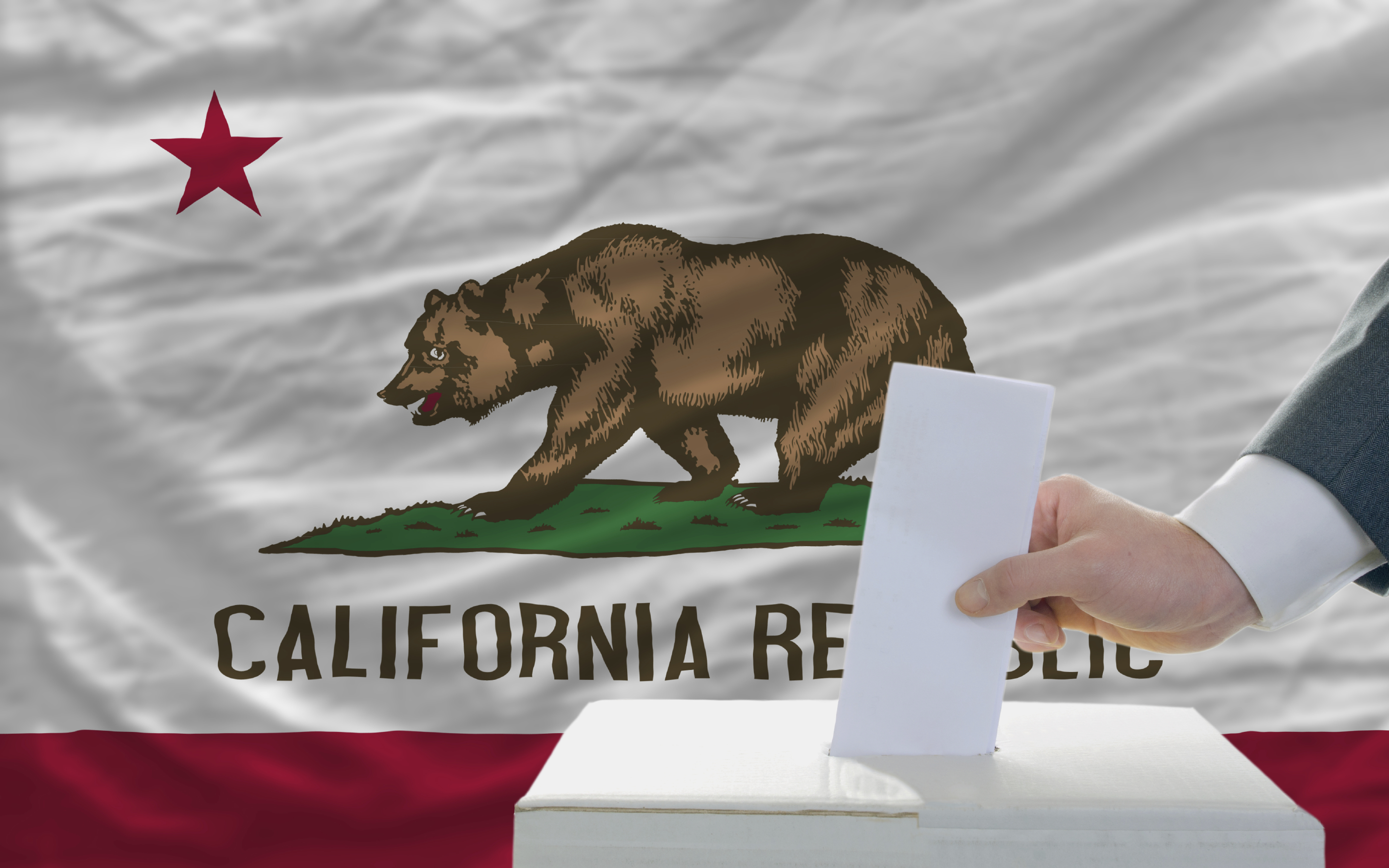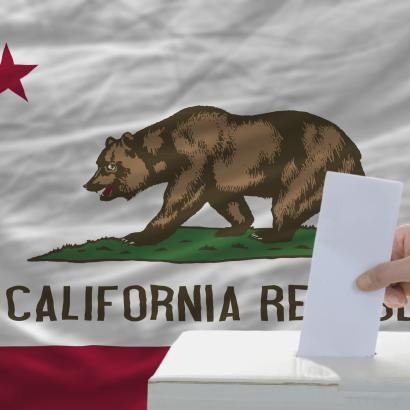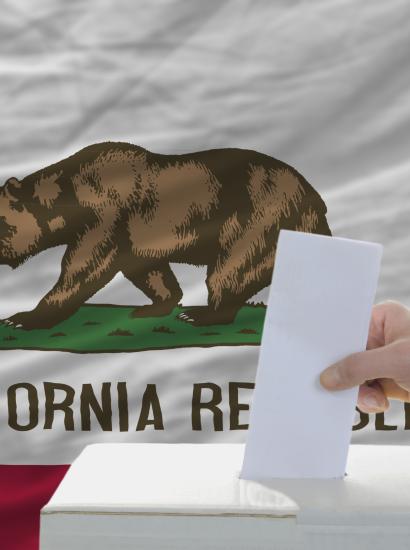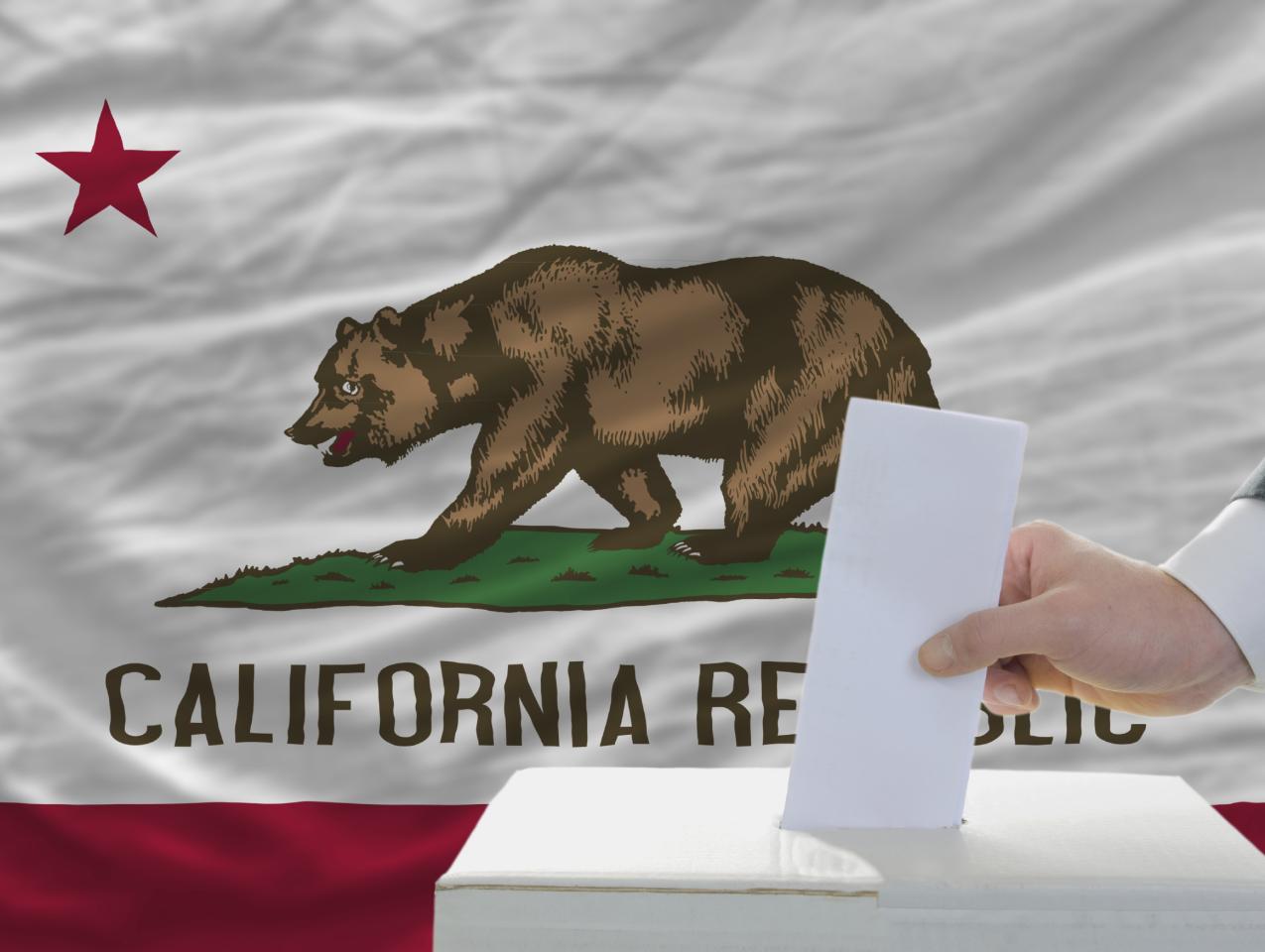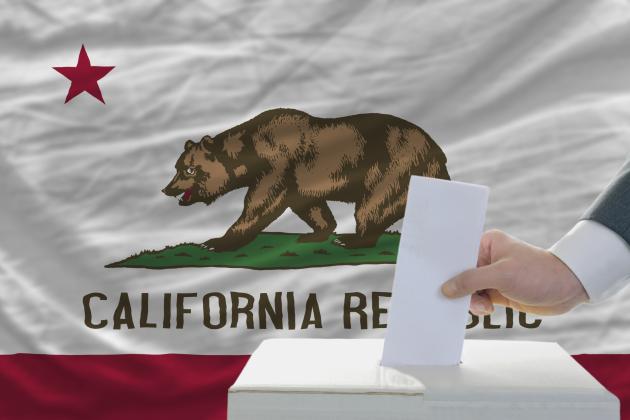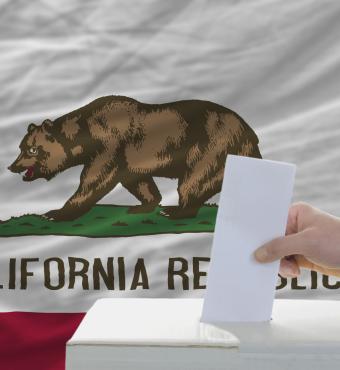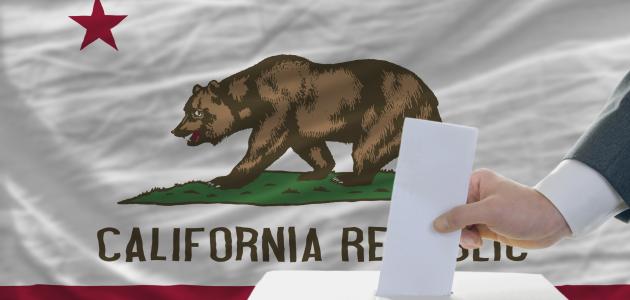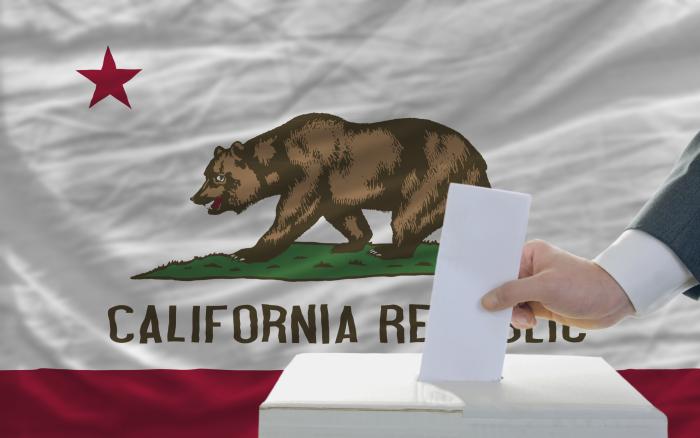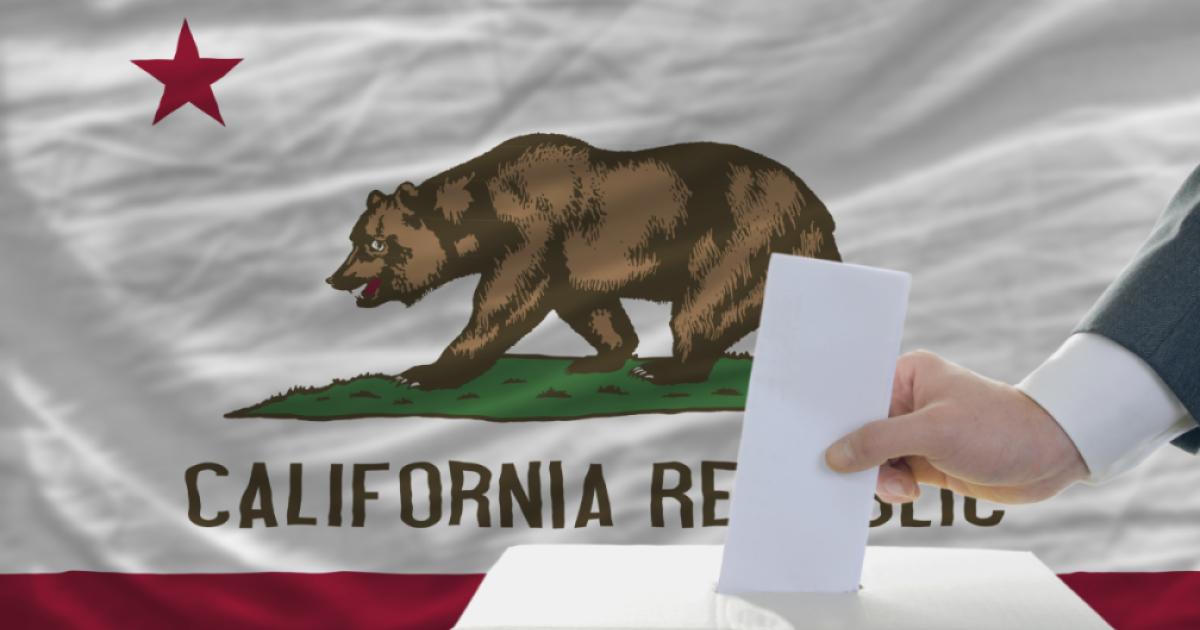- California
- State & Local
- Campaigns & Elections
There’s an election this week, in case you haven’t noticed. That’s true even here in California, which is largely devoid of the same political drama sweeping across battleground states like Arizona, Georgia, and Pennsylvania.
Still, California has its own subplots worth following. Those include:
Voter Turnout. America’s 2022 election is notable in that it’s the first time, going back to 2014, that Donald Trump wasn’t on the ballot either physically (presidential runs in 2016 and 2020) or spiritually (the 2018 midterm election being an anti-Trump referendum in California—and turnout for that midterm down only six points from the previous presidential election, when a dropout of 30% is more the norm).
Absent Trump as a motivational fulcrum from Democrats and independents, what will be voter turnout turn out to be in the Golden State this year?
Nearly 12.5 million Californians cast a ballot in the last gubernatorial election (this was before the pandemic and a 2021 state law making permanent the issuing of mail-in ballots to all actively registered California voters). Will this year’s election clear that bar?
Historically, gubernatorial reelections in California are a buzzkill. Jerry Brown, for example, earned a second term in 2014 in an election that saw 7.3 million Californians cast a gubernatorial ballot in the fall contest. Four years earlier, nearly 10.1 million Californians took sides in a higher-octane contest featuring Brown and businesswoman Meg Whitman.
Why do these numbers matter? Because, in a state where Democrats hold a two-to-one advantage over Republicans in voter registration, the higher the turnout the more the benefit to Democratic candidates—not to mention the party’s pet causes on the initiative slate.
That, and . . .
Newsom’s Bar. On the 80th anniversary of the last time California voters ousted a first-term governor, the outcome of this year’s gubernatorial contest has never been in doubt, especially after Newsom dodged the political bullet that was last year’s recall election.
But will Newsom improve upon his 2018 performance, when he received 61.9% of the statewide vote?
Let’s look at the last four Californian governors who were returned to office. The aforementioned Jerry Brown received 54.3% in 2014. Arnold Schwarzenegger received 55.9% in 2006. The soon-to-be-recalled Gray Davis received only 47.3% in 2002 (third-party candidates picked off 10.3% of the vote that year.) Pete Wilson received a shade under 55.2% in 1994.
If a recent Public Policy Institute of California (PPIC) poll is a good indicator, then Newsom is in the same zone as his predecessors (the governor has 55% support among likely voters in that survey). But anything lower and election-watchers might want to dissect Newsom’s performance, to see where he fell off from 2018.
And why does that matter? As is the case with Florida governor Ron DeSantis, also a heavy favorite for a second term, a number north of 55% (technically, a landslide) impresses reporters and makes it all the easier for a sitting governor to pivot to a national candidacy (what George W. Bush did after receiving 68% support in his quest for a second term as Texas’ governor).
Hopefully, exit polls will ask California voters what they think of a Newsom presidential bid. As for their current mood . . .
A Rejection Election? Back to the PPIC poll for a moment and what it says about Californians’ mindset: a majority of likely voters (54%) think the state is headed in the wrong direction; 43% believes things are hunky-dory.
How do foul-mood voters react to ballot initiatives? By saying “no” to a lot of ideas. Thus California is looking at the possibility of three high-profile measures —Propositions 26 and 27 (legalized sports betting) and Proposition 30 (a millionaires’ tax for green endeavors)—all going down in flames (all three are underwater in the PPIC poll).
That’s not saying all of this year’s ballot measures are destined to fail. Proposition 28, for example, has no discernible opposition—a political “unicorn.” If approved, it would require at least 1% of total state and local revenues that schools receive under Proposition 98 be devoted to K–12 arts and music programs. Educators and artists love the concept; critics of ballot-box budgeting, not so much.
Does that mean predictability is the order of the day in this California election? Not quite . . .
Brown(ley) Out? Election Day comes a week and a day after Halloween, yet at least one California incumbent might be in for the scare of her political life: congresswoman Julia Brownley, who represents Ventura County’s 26th Congressional District.
News reports have Democrats pouring money into Brownley’s district, which would seem odd considering that Brownley hasn’t received less than 60% of the general-election vote in her last three runs.
Why is Brownley potentially in hot water? For openers, her district has been redrawn and her Republican opponent, former federal prosecutor Matt Jacobs, has ample resources.
What the California race does offer is a window into the two parties’ national strategies: Democrats talking abortion rights; Republicans emphasizing everyday living (inflation, crime).
Here’s what the two candidates said after June’s primary, beginning with Brownley: “I certainly think issues around women and their reproductive health, and women and hardworking families are two big, glaring differences between my opponent and myself. I honestly don’t know much about my opponent except that he’s supported by Kevin McCarthy, and I know where McCarthy stands on issues.”
As for her Republican opponent: “I think it comes down to what people deal with on a day-to-day basis, which is record gas prices, record food prices, rampant inflation, a higher cost of living than we’ve ever seen and skyrocketing crime rates, both nationally and locally,” he said. “Really, the basics people need to live a good life.”
One thing Brownley’s struggles have sparked: the consultant class second-guessing Newsom’s strategy in this campaign season—the idea being that by focusing more on national politics than on the welfare of his state, Newsom has failed to motivate core Democrats. Newsom, meanwhile, keeps telling reporters that his party’s struggles result from a failure to seize the rhetorical high ground in this election.
Bad messaging, or kill the messenger? Democrats are certain to engage in such finger-pointing should the midterm vote not go their way.
Which finally takes us to . . .
One Door’s Closing . . . Fitting for movie-centric California, there’s one other way to view the 2022 election: as a preview of coming attractions.
That begins with Newsom’s national ambitions, real or imagined (the governor keeps denying he’s planning a White house run).
But there’s another 2024 variable in California: the future of Senator Dianne Feinstein, who’s up for reelection in two years and will be 91 at the time. How many Democratic winners on Tuesday night (in both congressional and state constitutional offices) will line up for Feinstein’s seat if they see an opening?
Similarly, how many 2022 winners will begin planning for 2026 and the next time California’s state constitutional offices are up for grabs? Newsom (assuming he’s still in Sacramento) will be term-limited, as will the Golden State’s lieutenant governor, state treasurer, insurance commissioner, and superintendent of public instruction—assuming all earn second terms on Tuesday night.
So much for Republicans and elephants. In California, it’s Democratic incumbents stampeding toward other offices in the immediate future . . . provided there are no surprises this week.







